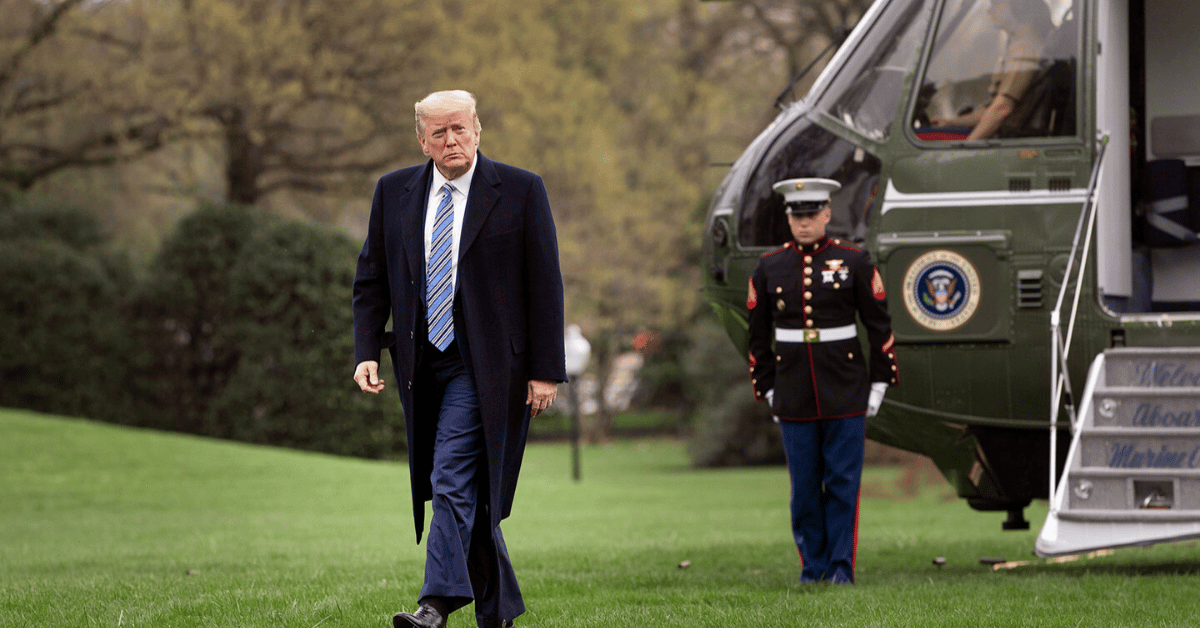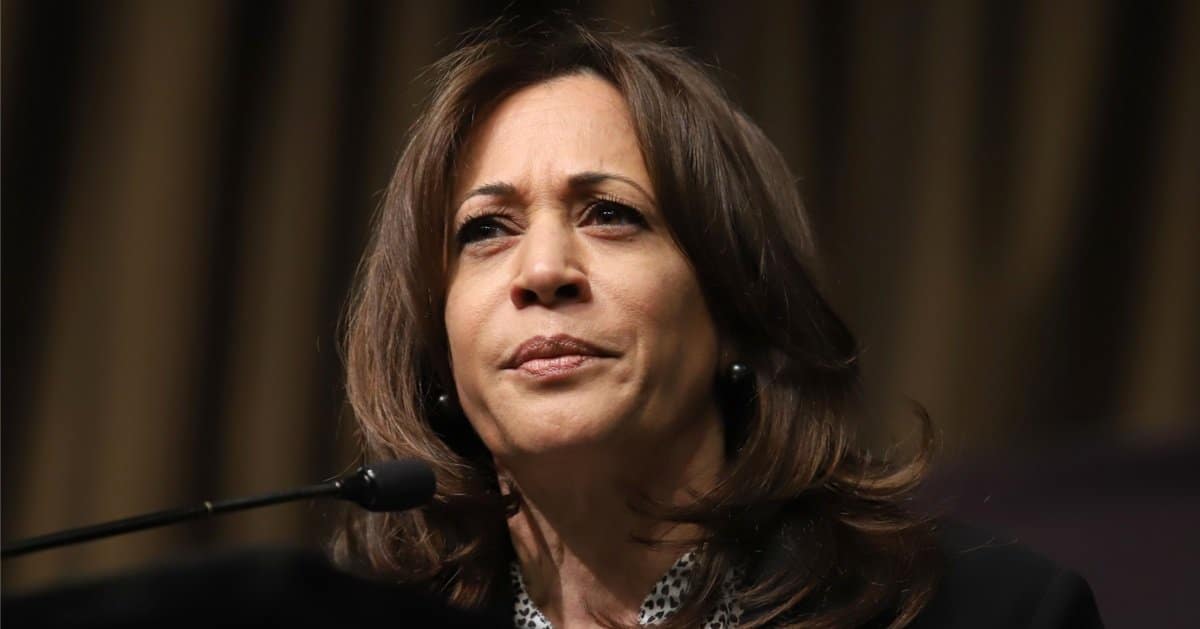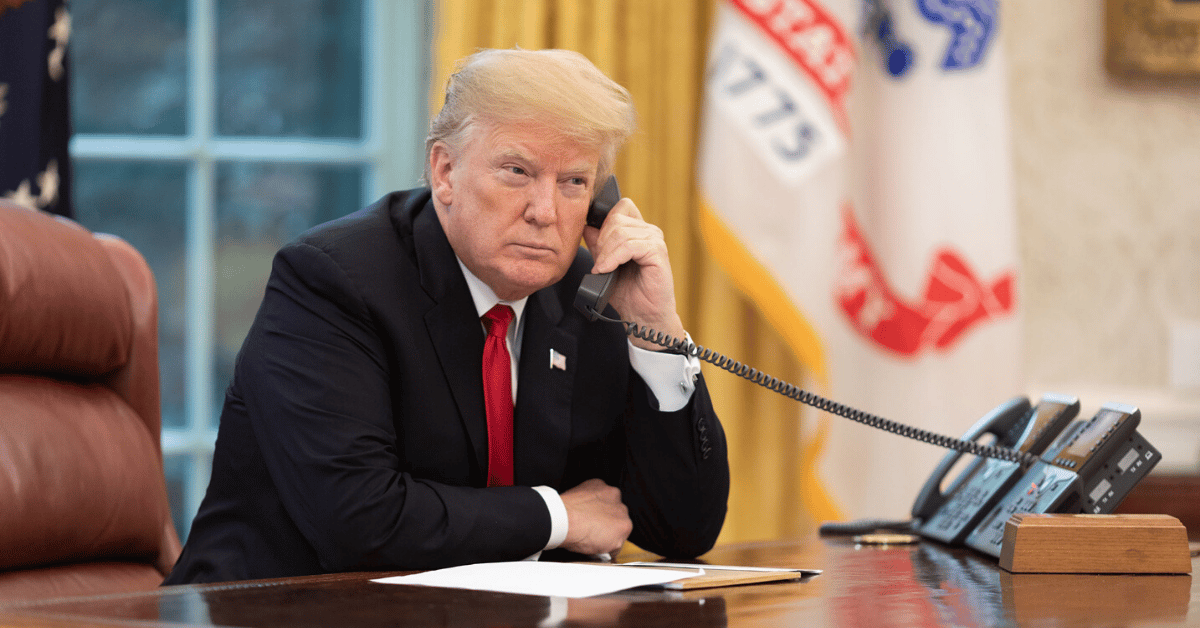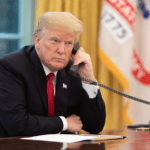




President Donald Trump is turning up the heat on India with a hefty 50% tariff, a bold move to curb its reliance on Russian oil. The decision, rooted in a push to weaken Russia’s economic grip, has sent shockwaves through New Delhi. It’s a classic Trump play—big, brash, and bound to stir debate.
The Daily Caller reported that Trump’s tariffs, imposed after India ignored a 21-day ultimatum, aim to pressure Russia into peace talks over Ukraine. India, importing 1.75 million barrels of Russian oil daily from January to June 2025, now faces steep trade penalties. This isn’t just about oil—it’s a geopolitical chess move.
The saga began on July 30, 2025, when Trump slapped a 25% tariff on India, doubling it to 50% on August 6 after no compliance.
The deadline expired on August 27, leaving India with some of the highest tariffs among U.S. trade partners. New Delhi’s outcry suggests a diplomatic bruise that won’t heal quickly.
India’s trade with the U.S. hit $212.3 billion in 2024, up 8% from the prior year. These tariffs threaten to unravel a relationship that’s been a cornerstone of economic stability. Trump’s not wrong to want leverage, but alienating a partner like India could backfire.
“India could not buy Russian oil at a time when everyone wants Russia to STOP THE KILLING IN UKRAINE,” Trump posted on Truth Social in July. Noble sentiment, but India’s energy needs aren’t a light switch you flip off overnight. Experts warn New Delhi can’t pivot from Russian oil without serious economic pain.
The White House stayed silent when the Daily Caller News Foundation sought comment. So did India’s Ministry of External Affairs. That radio silence speaks volumes—both sides know this is a high-stakes gamble.
Back in 2019, Trump griped that India was having a “field day” with an unbalanced trade relationship. “India was having a ‘field day’ with the U.S.,” he said, setting the stage for today’s tensions. His rhetoric hasn’t softened, but the stakes have grown.
The tariffs doubled down after a cabinet meeting on August 26, 2025, in Trump’s seventh month of his second term. The timing suggests a calculated escalation, not a spur-of-the-moment jab. It’s Trump signaling he’s serious about reshaping global trade to America’s advantage.
India’s reliance on Russian oil isn’t just a trade issue—it’s a survival mechanism. Cutting 1.75 million barrels a day isn’t like skipping a coffee run; it’s a logistical nightmare. Trump’s tariffs might hurt, but they won’t magically wean India off Russian crude.
The U.S. has also threatened secondary tariffs on other buyers of Russian goods. This isn’t just about India—it’s a broader campaign to choke Russia’s war chest. But squeezing allies to hurt an enemy risks fracturing coalitions.
India’s outrage is palpable, and for good reason. The tariffs could disrupt supply chains, spike energy costs, and sour a partnership that’s taken years to build. Trump’s MAGA base might cheer the tough stance, but diplomacy isn’t a zero-sum game.
Some experts argue India’s hands are tied—Russian oil is cheap and reliable, and alternatives aren’t readily available.
Forcing a rapid shift could destabilize India’s economy, which isn’t exactly a win for global stability. Trump’s team might want to rethink the sledgehammer approach.
Trump’s strategy hinges on pressuring Russia through its oil buyers, but India’s a tough nut to crack. The administration’s goal—pushing Putin toward peace talks—is laudable, but the execution feels like swinging a bat in a china shop. Precision, not brute force, might serve better here.
The U.S.-India trade relationship, worth over $212 billion last year, is no small potatoes. Tariffs this steep could ripple through both economies, hitting consumers and businesses alike. It’s a bold move, but boldness without foresight can lead to regret.



